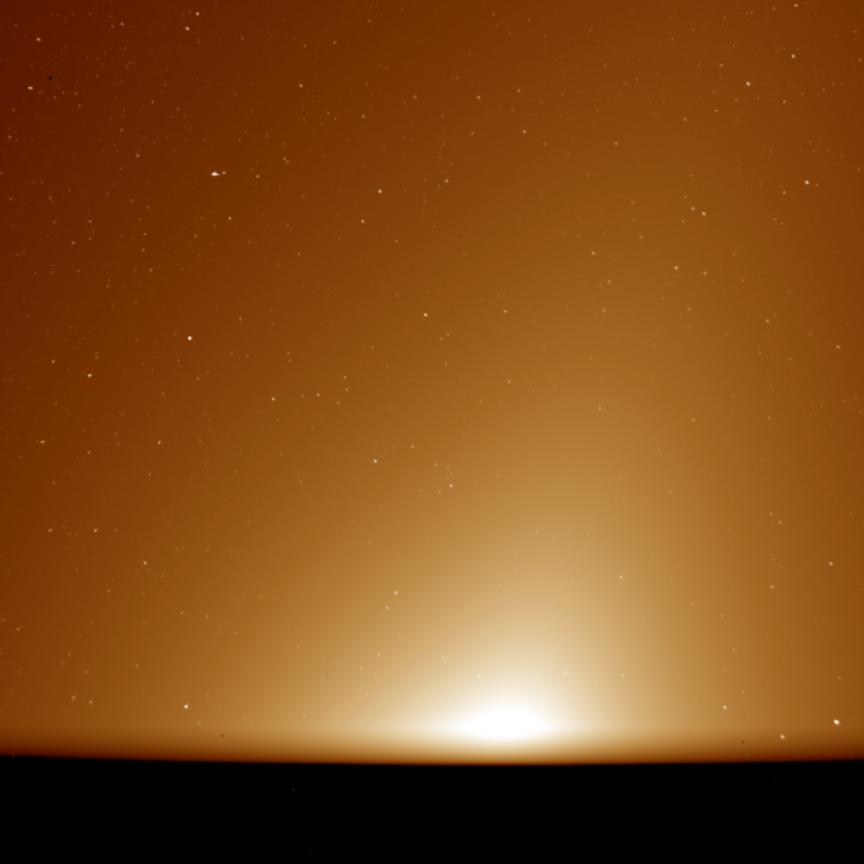The team building the Bloodhound-SSC World Land Speed Record vehicle has installed the car’s jet engine, the rocket plume from which will be recorded during testing using a high-speed camera.
Vision company Stemmer Imaging is supplying various cameras for the project, for both testing and onboard the finished vehicle. The supersonic car aims to reach 1,000mph during record attempts in September this year and in 2016.
The rocket plume will be recorded in Finland using an Optronis high-speed camera and a UV camera from JAI.
Small-scale rocket plume imaging tests carried out last year showed that imaging in the UV provides useful information in addition to traditional colour imaging of the rocket output. A JAI CB-140 GE-RA colour camera and a JAI CM-140 GE-UV camera have been selected to monitor the rocket on the car.

Credit: Siemens NX
The Bloodhound team has also completed tests in the desert at Hakskeen Pan, South Africa where the record attempt will take place, demonstrating video transmission at speeds of up to 650mph.
The video data stream output will be connected to Bloodhound's cockpit instrument panel computer and the vehicle's radio modems via a router. The independent channels from each recorder can be simultaneously transmitted in real time and the cockpit instrument panel computer can also display one of these channels on one of the cockpit instrument displays.
Three compact Adlink EOS embedded vision systems, supplied by Stemmer Imaging, will be installed on the vehicle. Each system can each accept and record four independent HD feeds from cameras in any of the 25 camera locations around the car, meaning that data from 12 cameras can be acquired on any one run. Each recorder also provides a single H.264 video stream from any of its four inputs for live transmission to the control centre.
The 25 camera locations on Bloodhound include five safety-critical locations and camera feeds from these will be used on all runs. These cover the instruments and controls, forward facing and rear facing fin tops, the rocket fuel connection hose and the rocket plume.
Further developments in the wing camera mounting and optics are also underway to minimise distortion, and the viewing angles and mountings for the cameras that will be monitoring the wheel/ground interface have been designed, according to Stemmer Imaging.
Mark Williamson, director of corporate market development at Stemmer Imaging, commented: ‘This really exciting project has thrown up numerous technical challenges, as was to be expected in an undertaking of this complexity. We continue to work closely with the Bloodhound engineering team to address each issue as it arises, and we are delighted that we are keeping up to pace with the overall development programme.’
Further information:

